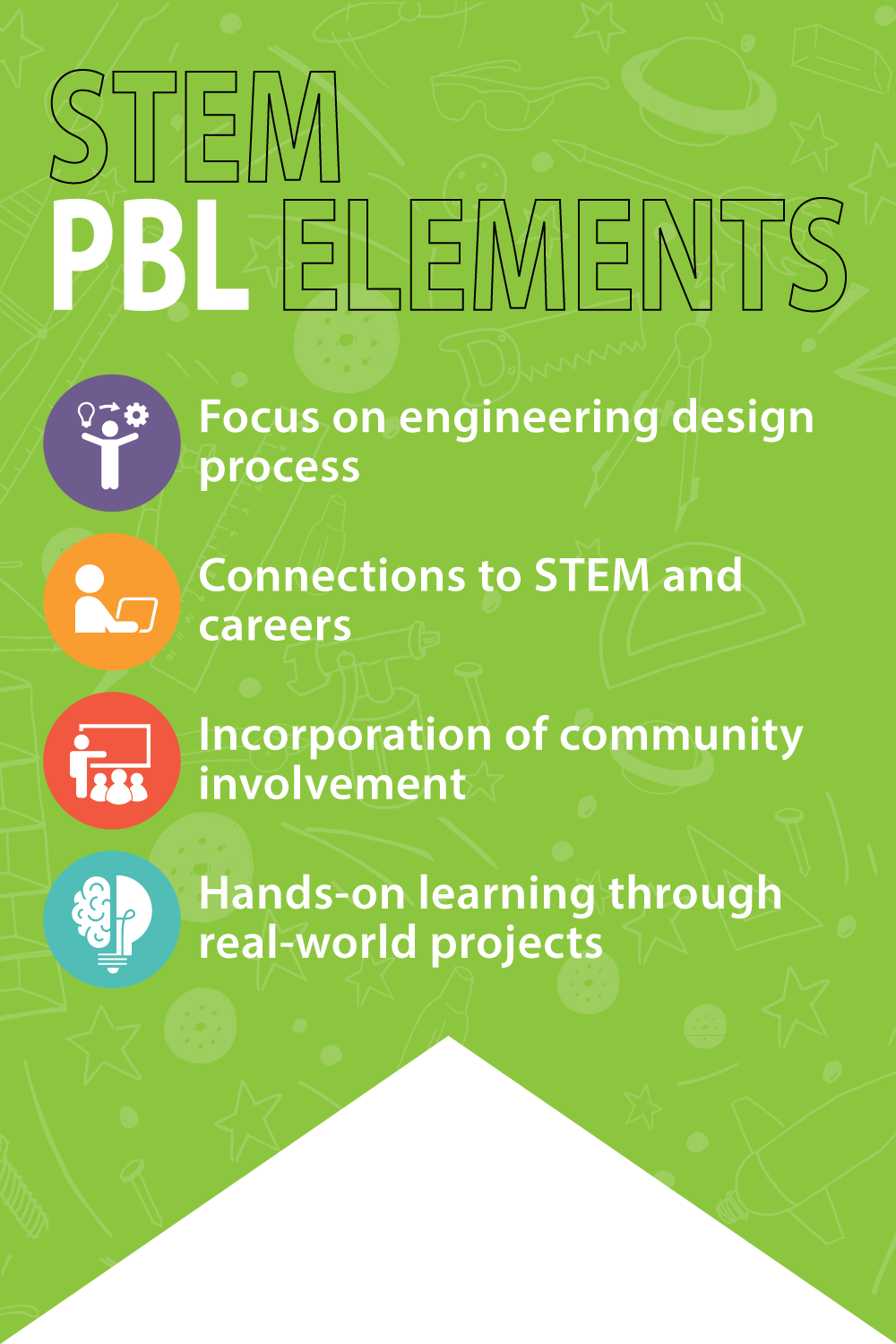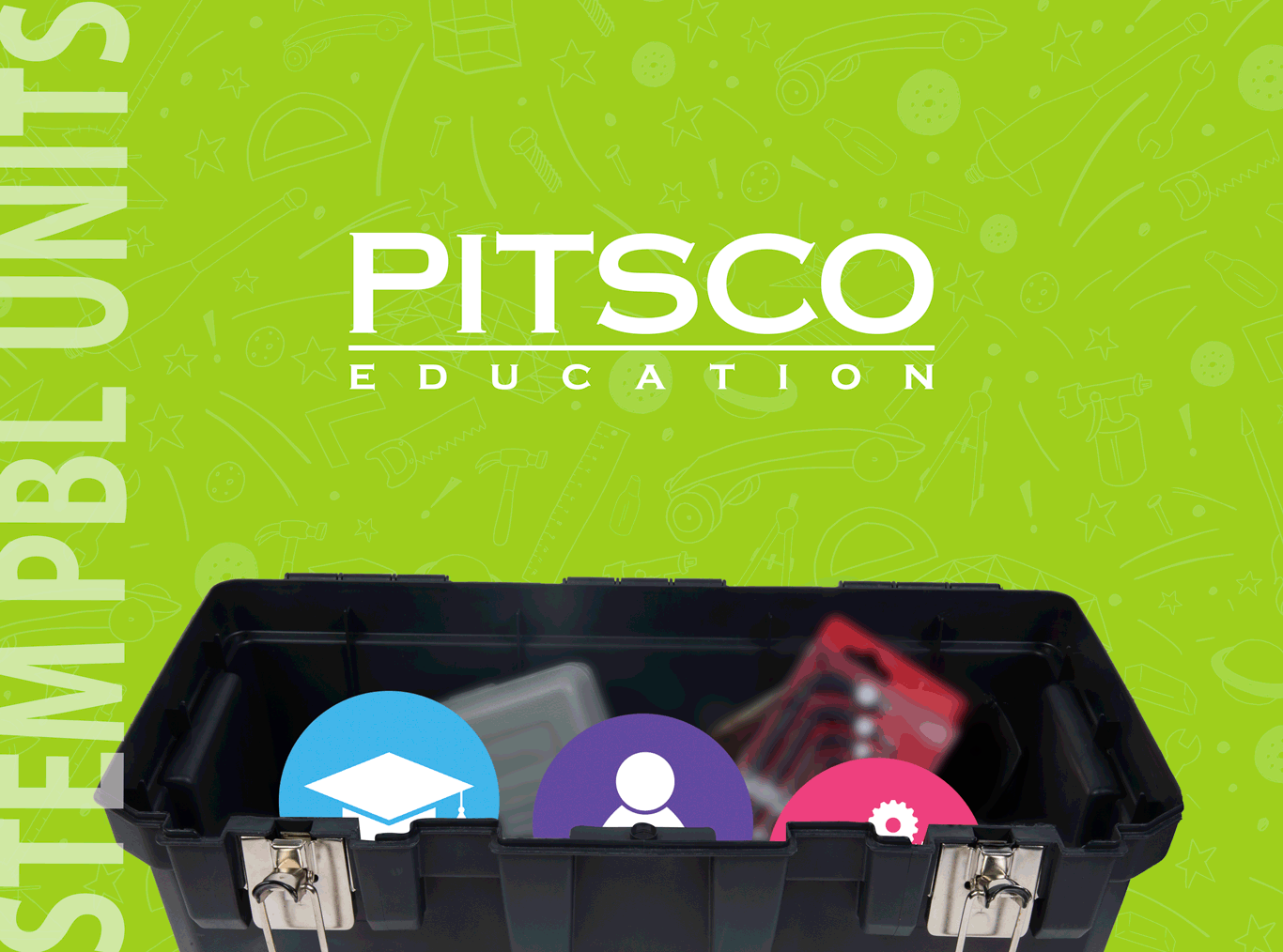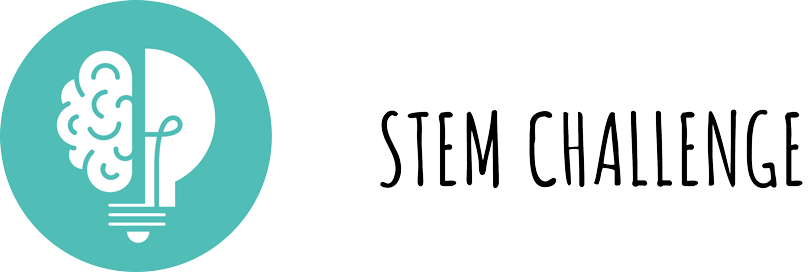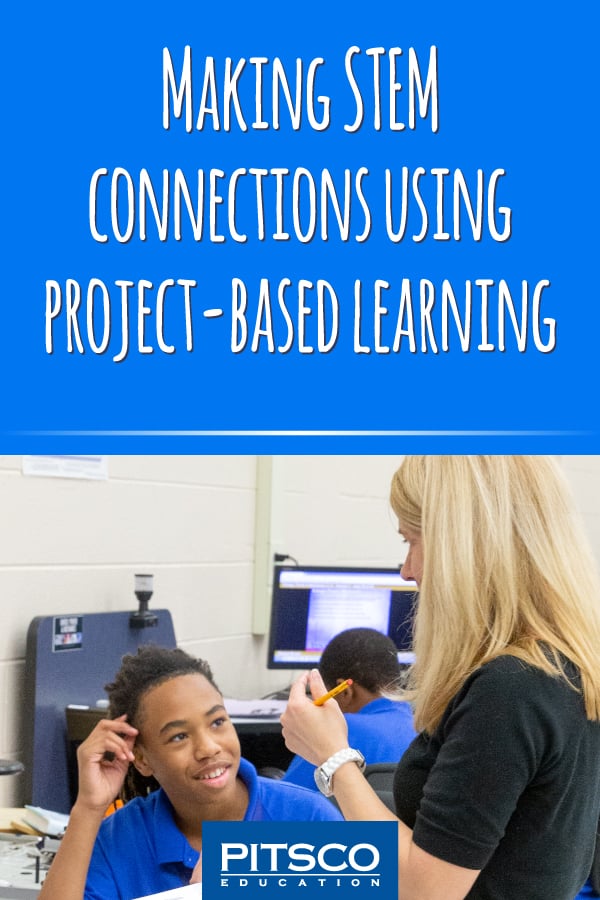Updated 6/18/24
Have you heard the buzz about project-based learning (PBL)? The educational community has been talking about it for a while, but what’s the big deal anyway? How is PBL different from other projects students complete in class? An easy and often-used way of understanding the difference between doing projects and PBL is to think of it in terms of food.
We can think of doing a project as dessert. It’s something we generally like to have after we eat the main course – or, after the learning is complete, students work on a project as a capstone to their learning. Keeping with the food analogy, PBL is the main course. (PBLWorks) In other words, the project is the main focus that students are involved with when learning the unit content. It’s considered a way of teaching — a pedagogy.
At Pitsco, we’ve developed our own STEM PBL framework and created content to help you as a teacher launch into creating your own STEM PBL Unit. We used our STEM teacher’s guides to create STEM PBL Activators guides, which take you step-by-step through how to weave the content and activities of a teacher’s guide into a whole STEM PBL Unit – all you have to do is follow a concept map and provide students with idea starters (Activators). STEM PBL Activators also provide career cluster connections and cross-curricular ideas. Plus, our STEM PBL framework encourages students to connect with their community through a public engagement component. With STEM PBL, students have the freedom to connect learning to a problem in their local community or area of interest.

So, let’s dive into what these STEM PBL Units consist of and what they can add to your classroom!
Benefits of STEM PBL
When students engage in the STEM PBL Units, they don’t learn only content. They also learn skills that will stick with them for a lifetime. Benefits of implementing STEM PBL in your classroom include:
- Teaching learner agency by giving students voice and choice (thereby creating students who are connected and passionate about their learning).
- Promoting deeper learning.
- Developing 21st-century and workplace skills (you know, the skills that KEEP them employed after they land that awesome job!).
- Encouraging lifelong learning.
- Connecting to local problems and the community.

STEM PBL Framework
There are a few PBL frameworks out there – at Pitsco Education, we recognized the need to create a framework specifically focused on STEM. It incorporates aspects of teaching STEM that you’re already familiar with – such as the engineering design process – and adds components such as a STEM challenge question and public engagement to create an authentic, hands-on learning experience for your students. Don’t worry, our units walk you through the implementation of each of these components. They include:

- STEM Challenge – Students are required to think critically about multiple possible solutions to a meaningful STEM challenge.

- Authentic Inquiry – Students engage in a rigorous process of creatively solving real-world problems as they apply appropriate regulations, techniques, and technologies. In the Pitsco STEM PBL model, concepts are to be applied locally in the students’ community to create relevance and engagement.

- Student-Driven Learning – Students make decisions about how they will solve the challenge. This includes managing all aspects of the project to completion.

- Applied Development – Students use the engineering design process to test, revise, and reflect on outputs while working collaboratively.

- Public Engagement – Students communicate their projects to any appropriate audiences outside the classroom.
David Ross, a global education consultant and former CEO of the Partnership for 21st Century Learning (P21), sat down with us and let us ask all kinds of questions – questions you might have too.
After holding national and international education leadership roles for 15 years, in August of 2019, he returned to the classroom to practice what he had been preaching.
Professional Development
Of course, we wouldn’t be Pitsco if we didn’t offer you a way to improve your teaching through our skilled facilitators (OK, maybe I’m a little biased). Our Educational Services team created an online e-learning course for the STEM PBL Units – that’s right, you can attend your PD in your pajamas and on your own timetable (but you’ll have to bring your own snacks). And, after you complete the course, you’ll be awarded a certificate for eight hours toward recertification, and we’ll follow up with a call to answer any questions.
Learn More
If you’re intrigued and want to learn more, check out the following titles, or visit Pitsco.com/Shop/STEM-PBL-Units.
Titles currently offered:
- Water-Powered Rocketry – Water Rockets
- Air-Powered Rocketry – Straw Rockets
- Automotive Design and Testing – Fold-N-Roll
- Transportation Innovation – Mousetrap Vehicles
- Balloon Flight – Hot-Air Balloons
- Magnetic Transportation – Maglev Vehicles
- Wind Energy – Wind Energy
- Air-Powered Racing – AP Bottle Racers
- Solar Transportation – Solar Vehicles
- Remote Control Robotics – TETRIX® PRIME R/C
- Drone Aviation – Flight Guide: Drone Competition Curriculum
- Autonomous Robotics – TETRIX PULSETM Programming
- Packaging Design – Packaging Design
- Structural Design – Straw Structures
- Engineering Bridges – Model Bridges


